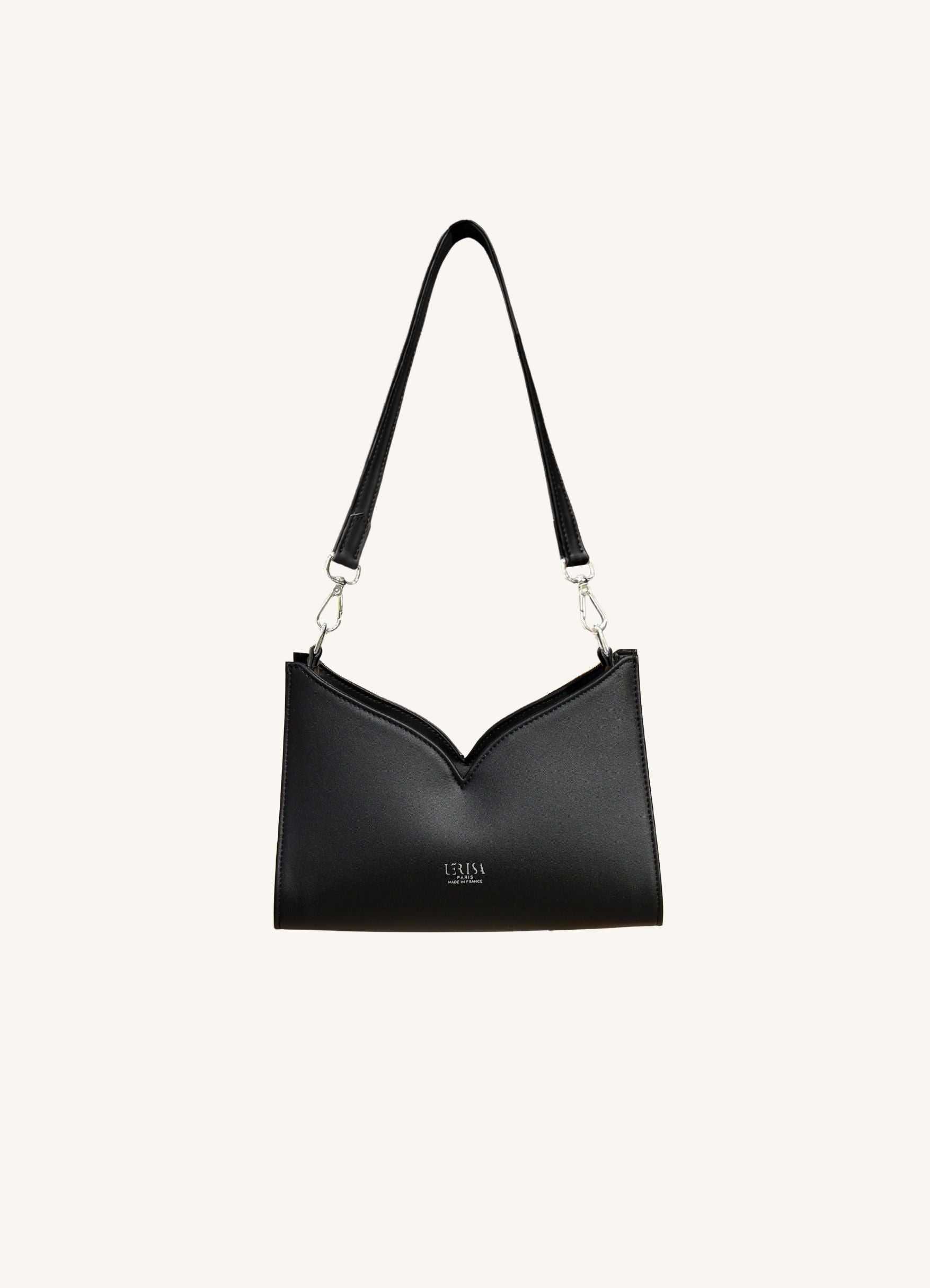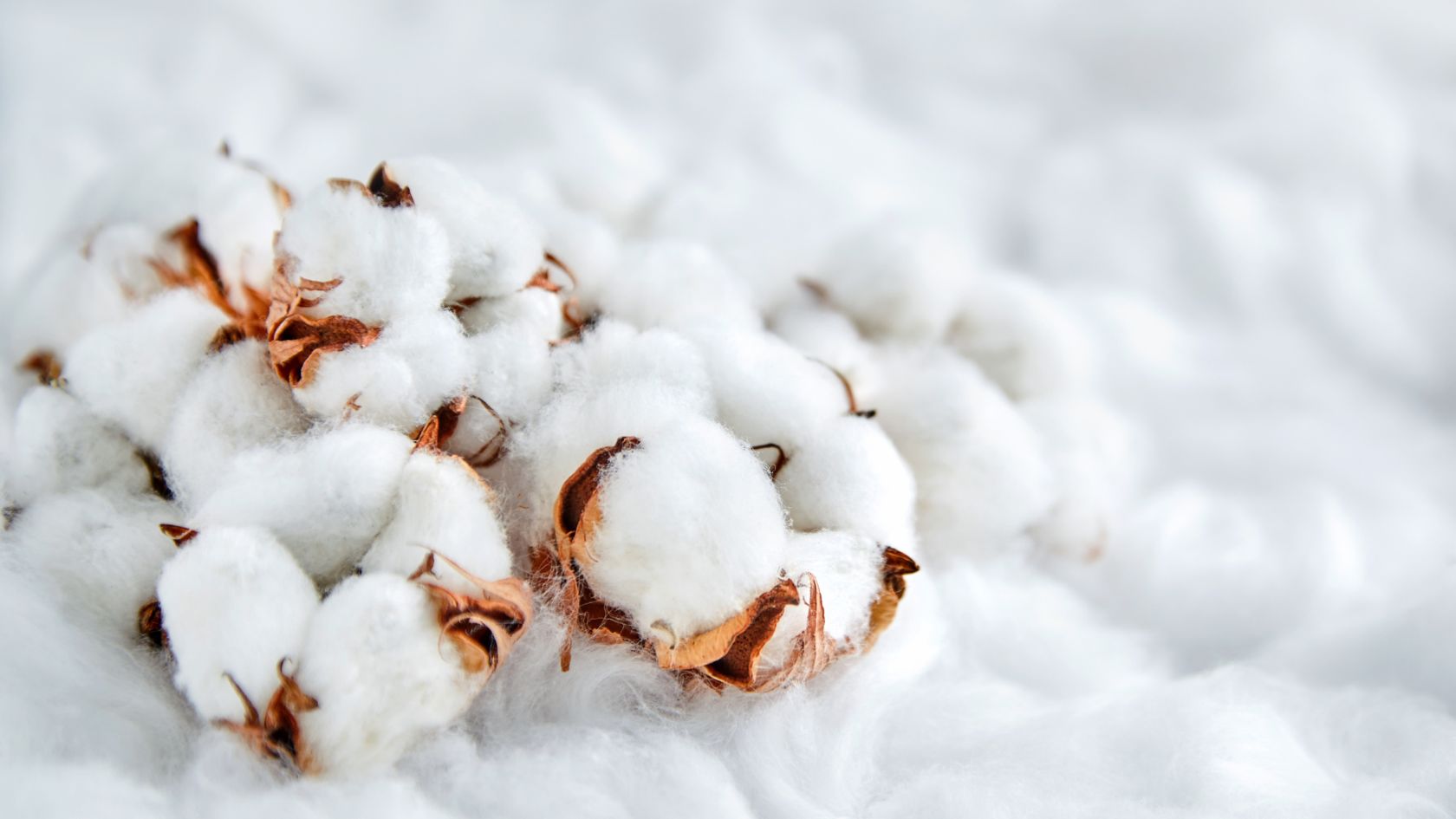The power of citizen mobilization
How can individual action help save the planet?
The conclusions of ecologists and scientists about global warming are all consistent. We know that we must prepare for major changes by the 2050s, the pivotal date predicted by climatologists. The limits are reached, the species disappear before our amazed eyes. Currently in France, 30% of birds have already disappeared in 30 years. Our production and consumption methods directly impact biodiversity and our ecosystems. In fifty years, we have changed the planet faster and more extensively than in all of human history. Our current society is not sustainable, global warming is accelerating. But how much? It all depends on the efforts put in place in the short term. It is possible to limit the rise in global temperature to 1.5°. This is the most optimistic scenario. The pessimistic scenarios predict a rise of 3°.
At first glance, this may not seem like much. But in practice, such an increase in temperature will have serious consequences. If we can't perceive global warming through our senses, let's compare that to the temperature of the human body. Our normal temperature is 37°C, 1°C more we are sick and 5°C more and we are in hyperthermia, a mortal risk. We have our limits, just as the planet has its limits.
We can turn the tide, if we act together, now. Let's direct global warming towards the optimistic scenario.

The paradigm shift is inevitable: the new way forward
We are responsible for a massive extinction of fauna and flora, which weighs more than a million plant and animal species. Never had nature been so fragile. If we want to restore our wonderful planet, we need the will to do so.

The ecological deficit is widening
Earth's resources are regenerating, but we are consuming too much of them and much faster than they can be replenished. If the resources of our ecosystem do not have time to renew themselves, it means that we are living on credit. Do you know what Global Overshoot Day is? It is a date calculated by the American NGO Global Footprint Network from which humanity has consumed all the resources that the Earth is capable of producing in one year. This year, Overshoot Day occurred on July 29, 2021. This means that for almost half of the year, we cause irreversible damage to our planet, through our overconsumption. This ecological deficit was already highlighted in the 1970s. So why 50 years later, the situation continues to worsen?
The mobilization against global warming concerns us all
Collective measures of COP26 in favor of ecology
The recent COP26 brought together nearly 200 countries and leaders from around the world. It was titled in the media as follows: “finally awareness”. This global meeting has been taking place for 26 years. 26 years that ecological commitments must be made. But 26 years since the day of the global overshoot is coming earlier and earlier.The anger of citizens at the passivity of governments punctuated the COP26 meetings with lively demonstrations. It was also the countries most vulnerable to climate change that raised their voices. The expropriated inhabitants of Brazil for the benefit of the deforestation of the Amazon rainforest. The two million Kenyans who are starving because of the climate crisis...Can we rely on governments to save the planet? We all know the very strong affinities between politicians and industrial lobbies. Things are moving too slowly. This is why it is essential to be aware of all the power of individual action in the fight against global warming. Individual action is billions of consumers who can contribute to a better future. Also in the face of the ecological emergency, buying becomes a political gesture.

The Legend of the Hummingbird: Doing Your Part
The legend of the hummingbird is a tale of Native American origin. It was popularized by Pierre Rabhi, who also chose the name of this bird for his environmental association. A legend says that one day, a forest was in the grip of a huge fire. All the animals that inhabited it were paralyzed by the scale of the flames. Among them, only a small hummingbird was constantly going back and forth to a water point. He took a drop of water in his beak on each trip, to pour it on the flames. The other animals in the forest laughed at him "it's not with a few drops that you can put out this fire, you're crazy". The hummingbird replied "I know, but I'm doing my part".
Changing our habits to reduce our carbon footprint
Buying, a political act
Each product has an impact, none is neutral with respect to the environment. To be manufactured, the use of several resources is necessary: raw materials, water, energies, ... The products are found in all the cupboards of our homes.
We buy what industries produce. Industries inflict irreversible scars on ecosystems and large industrial groups continue to flood the market with products with a strong environmental impact. By abandoning polluting products, we are sending a signal to the industries that produce them. At the same time, small companies are trying to weigh in by offering real solutions that meet the expectations of today's consumers.
Individual action lies in the choice of our consumption. It is our choices that allow us to control our environmental footprint. By limiting our impact, we become agents of change. More and more of us are looking for more responsible products that respect our planet. Let's consume more moderately, favour quality, proximity and durability
Our challenge is therefore promote products with ecological advances that have less impact than another for the same use. Arts and crafts; short circuit; eco-designed products; second-hand, are more virtuous models with many benefits.More and more products are emerging and advocating the reduction of environmental impact: solid shampoo, washable wipes,grape skin, bamboo toothbrush , 100% plant-based household products, …
In order to combine our ecological requirements with our purchases, it is important to ask the right questions Is it an ecological material? Is it a sustainable product? If it is sometimes difficult to guide our choices, labeling detailing the materials, the origin and the labels can help us.
How can individual action help save the planet?
Do you know Pareto's law? It is both an economic and a social concept that highlights a simple rule: 20% of the causes lead to 80% of the effects. Applied to the planet and ecology, this means that if 20% of the population is actively campaigning for the environment, the remaining 80% will follow. The hummingbird, by doing its part, leads by example. All it takes is a few other animals to follow it, and all the inhabitants of the forest will mobilize to put out the fire.
It is certain that we need the will to act and to leave behind our old ways of living and consuming. Also, it is not easy for everyone to change our habits: poorly served public transport, some products are more expensive. But it is necessary that we all participate in it. There are many more ways to act on a daily basis than you might think.
10 ecological gestures to help save our planet
- Avoid plastic
It has invaded our lives and become ubiquitous, but plastic has a heavy impact on the environment and the biodiversity. France is one of the biggest consumers of plastic in Europe, 4.8 million tonnes used per year, i.e. 70 kg per inhabitant Source:ADEME
Fortunately, many alternatives exist for all everyday products. - Eating local and seasonal
Increasing and diversifying our consumption of plant products, cereals and legumes, which are much better for our health and that of the planet. It is also important to buy seasonal fruits and vegetables. Did you know? Ua local, seasonal tomato consumes 4x less water than a tomato grown in Morocco. Source: ADEME - Move differently
Transport is the leading source of greenhouse gas emissions in France. In order to minimize the pollution emitted by moving, we can favor alternative transport solutions: walking, cycling, carpooling, self-service vehicles. For longer journeys, the train is preferred. Finally, working from home is also a solution.
-
Renewables
Renewables emit little or no greenhouse gas emissions and are locally available resources. For example, we can choose a green electricity offer.
-
Solid cosmetics
Prefer solid cosmetics, as they generally do not require plastic packaging and are less concentrated in water.
-
Sustainable fashion
We know it, fashion is on the podium of the most polluting industries Prioritize more responsible clothing and accessories over sustainable materials and maintain them so they last longer.
-
Wash at 30°C
Wash clothes at 30°C (3x less electricity consumed than at 90°C)
- Unplug electronic devices on standby; a connected box
24/24 consumes as much electricity as a refrigerator
- Prefer tap water to avoid disposable packaging
- Second-hand: Buying, giving away or reselling objects or clothing
-
Getting informed to understand climate change and its impacts
- Share and talk around you.
Our actions and our consumption are decisive in the fight against global warming. All these solutions are beneficial for the environment but also for our health.

The main gestures to save the planet are found in our consumption habits. Every time we consume, we make a good or bad choice for the environment. Helping to protect our planet lies in our desire to act in this direction. Let's restore and take care of this world we inherited.
.














1 comment
Mon geste pour agir ? Je dessine … ! Petite contribution à votre article sous forme de dessins, plasticienne j’ai réalisé Une série sur les petits animaux qui disparaissent en silence « La robe de Médée » : https://1011-art.blogspot.com/p/la-robe-de-medee.html
Mais aussi en lien direct sur la mortalité des abeilles par pollution par les produits chimiques et pesticides utilisés en agriculture. A découvrir: https://1011-art.blogspot.com/p/vous-etes-ici.html
Leave a comment